Aeronautical Engineering - As a career option

Have you ever wondered what makes things fly? Since the earliest of times, the greatest of scientific minds have been concerned with what exactly allows birds to effortlessly soar in the sky, and in the last century, human beings have actually begun to figure it out. But is the quest over?
Not even close.
Aeronautical engineers use modern techniques to model, understand and manipulate the behavior of fluids under different conditions. The fluid could be air, as it moves over the aircraft, generating lift. It could also be the fuel and air mixture that com busts to provide propulsion.
Finally, aeronautical engineers work to develop better ways to build planes, as well as to control them.
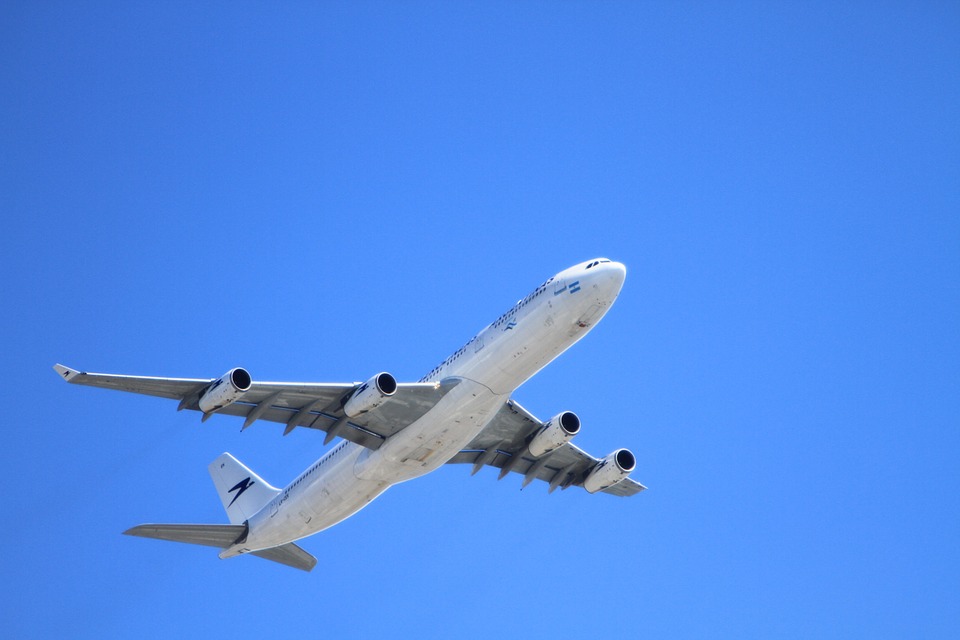
On the field, aeronautical engineers apply their knowledge to design aircraft themselves (helicopters, drones, planes), for process management (safety standards, recommendations for better and quicker performance and longer life of aircraft) as well as to the design of innovative new vehicles like Elon Musk’s Hyperloop and superfast cars that exploit aerodynamics. All Formula One cars are extremely optimised for aerodynamic efficiency.
Often the less known applications of aeronautical engineering are in studying processes involving fluids in general - for example, bubble formation in chemical plants and turbines often causes a very high level of wear and tear on the equipment.
Guess what? This can be avoided with proper aerodynamically engineered solutions.
Eligibility Criteria to Become An Aeronautical Engineer
- +2: Students should be from Science Stream with 60% aggregate
- Bachelor’s: B.Tech in Aeronautical Engineering
- Master’s: M.Tech (optional)
There are standard four year BE/B.Tech programmes in aeronautical engineering. Masters programmes are also available at several prestigious universities in India and abroad.
Mechanical and Electronics engineers also tend to sometimes get interested in the aerospace industry. Graduates from all three streams are often found pursuing these Masters programmes.
It all starts and ends (sadly?) with mathematics.
Subjects to Study in An Aeronautical Engineering
- Fluid Mechanics - what is happening to the air around a flying object,
- Structural Mechanics - how strong does the wing need to be,
- Material Sciences - what can we make lighter and stronger aircraft out of, and
- Electronic Control Systems - how do I control the plane?
Nearly all of these use some degree of calculus, tensor algebra and a whole lot of differential equations.
But because there are so many hundreds of systems that come together to make a fully functional aircraft, an expertise of robotics, control systems (altimeters, Pitot tubes to measure speed), electronics and interface design is also encouraged.
In the old days of Bernoulli and his comrades, most calculations had to be done by hand, and only approximate solutions to most problems could be obtained because of this limitation.
Today, computers are entering aeronautical engineering applications through exciting techniques like finite element analysis - basically, breaking up the fluid into lots of small elements that a computer can do individual calculations for far easier than a human being ever could.
Clearly, picking up computer related skills like coding in C or Python is also becoming a part of this fascinating industry.
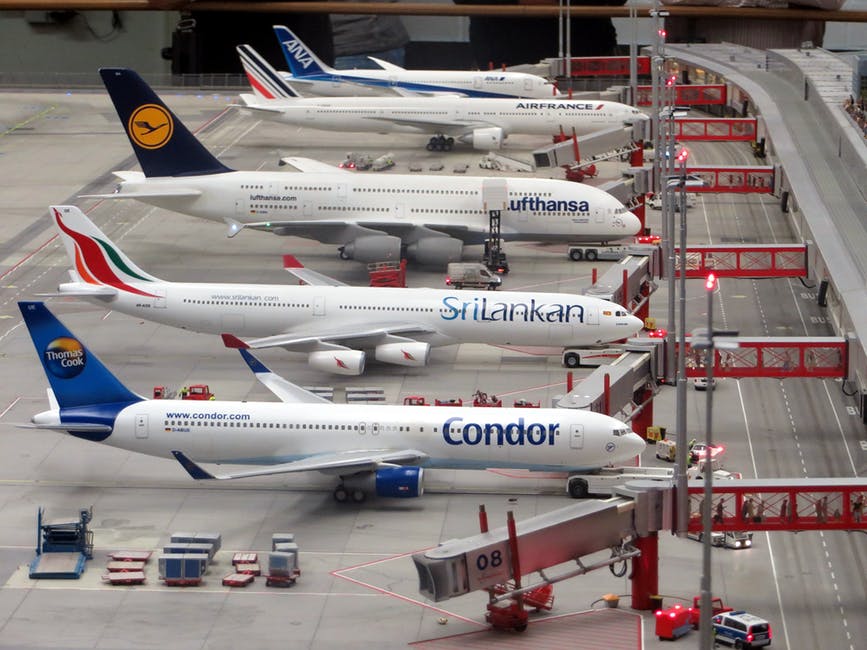
Career Prospects of An Aeronautical Engineering
Bigwigs like Boeing and Lockheed Martin are always on the lookout for talented and passionate individuals with the capacity to work on challenging projects.
Participating and excelling in these college-level competitions is a great way to gain expertise as well as a reputation, and to transform these into a full-time job.
Internships at places like Hindustan Aeronautics Limited often teach students a huge amount in a short time - the learning curve here is steep because of the level of industry professionalism and accuracy expected.
Talent tends to be very well-rewarded by both industries as well as academia in this field, as an insightful suggestion from even a novice can sometimes save companies huge amounts of money in operations, fuel, or training. And hey, you get to work with planes!
A Day in the Life of An Aeronautical Engineer
I’m an engineer at NASA’s JPL (Jet Propulsion Laboratory). I completed a BE in Aeronautical Engineering four years ago and got quickly snapped up full time after a brilliant internship at this same lab.
Maybe an MS is on the cards for the future - right now, I’m busy learning and working almost 24x7.
7:30 AM: I down a quick breakfast and head off to my workplace. I review some of the results of the FORTRAN (I don’t know why we still use this ancient language) code I was tinkering with yesterday and try to compare them with the solutions for specific cases that we derived by hand. There appears to be a mismatch somewhere. I double check my calculations.
10:30 AM: There’s a seminar on Blended Wing Aircraft and their Incorporation into Computational Solvers. A renowned researcher in propulsion systems is present. His insights give me an idea about a project we can work on in the future.
1:00 PM: Most people lunch together in their own groups, which usually correlate with the team they’re working with. Over lunch, we try to discuss what might be setting our solver off, but ultimately decide to relax for a while and get back to it afterwards.
3:00 PM: Found it! Our meshing - the way we divided the elements of our wing and fluids - was problematic! The solution appears to be running fine on basic test cases now. Time to give our code a final look-through and run it on the problem statement we were initially given.
The problem statement includes several kinds of test cases and will take a long time to run. The average computer can perform 1 billion operations per second. Even with the significantly more powerful computers at JPL, we expect the runtime to be a few hours. Time to take a break.
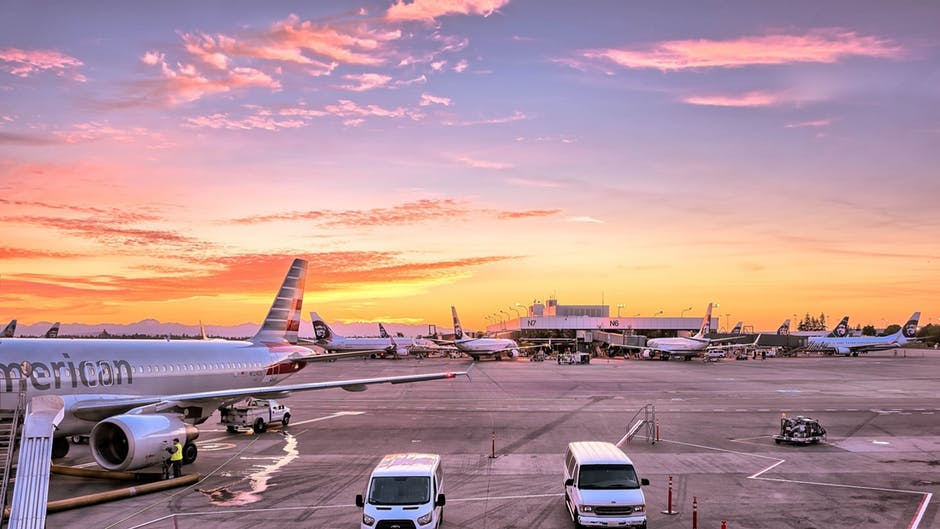
3:30 PM: After my break, my code is still running. Fingers crossed that it doesn’t throw up any errors. I get back to my study of unorthodox propulsion techniques and their effect on fuel efficiency.
I have to read a bunch of research papers from different journals for this. I email one of the researchers about a clarification in his paper, and to ask if he would be willing to share his raw data.
5:30 PM: Time for the worst part - paperwork! You might think that’s only the job of a secretary, but everything an aeronautical engineer does needs to be thoroughly documented so it can be checked on or reviewed later to make sure it was right.
That’s what keeps you safe in the sky! Ironically, I have to prepare a ten-page report of a failed project - a solution technique that doesn’t seem to be effective at all in solving problems of turbulence at wingtips. Ah well, it might just save someone else a lot of time.
7:00 PM: Looks like the solution is running fine! We’ll have to run it on the remaining problems tomorrow, and compile our analysis into a detailed report which will then be published and sent to sponsoring companies who can incorporate it into their aircraft design or manufacture process.
As an Aeronautical Engineer, I have a highly specialized function - but I still need to know all my basics really well. I love being able to contribute in my own way to amazing flying objects and the companies that make them. Do you want to be like? Are you interested in becoming Aeronautical Engineer? Have your say in the comment box below! Enjoy Reading!
Login to continue reading
And access exclusive content, personalized recommendations, and career-boosting opportunities.












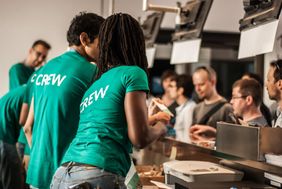


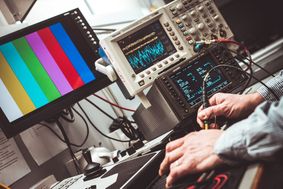
Comments
Add comment